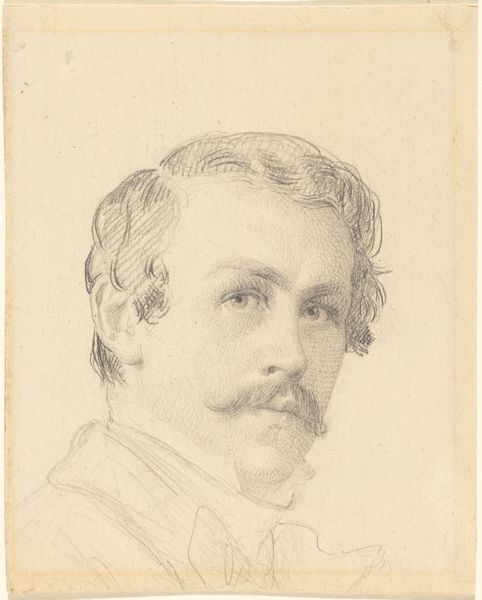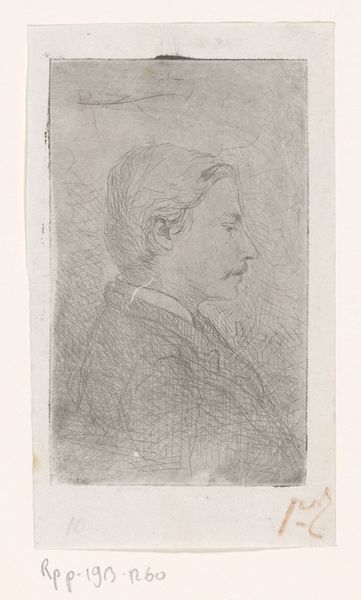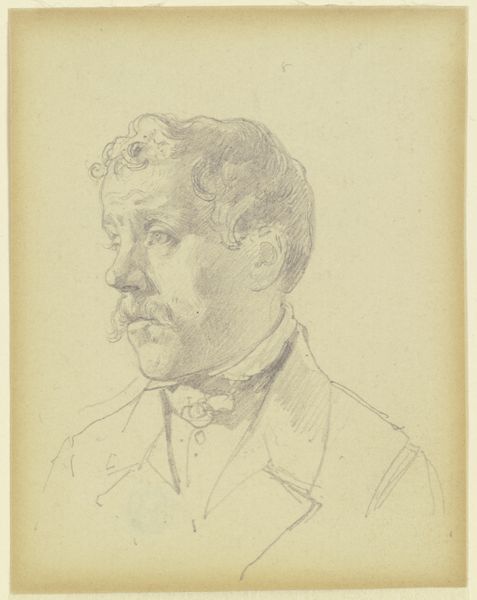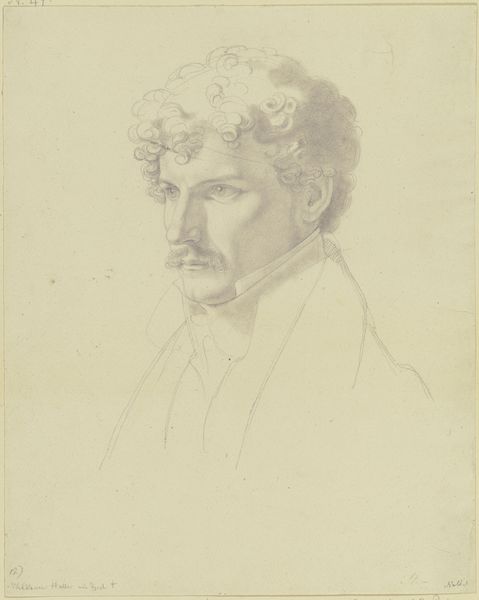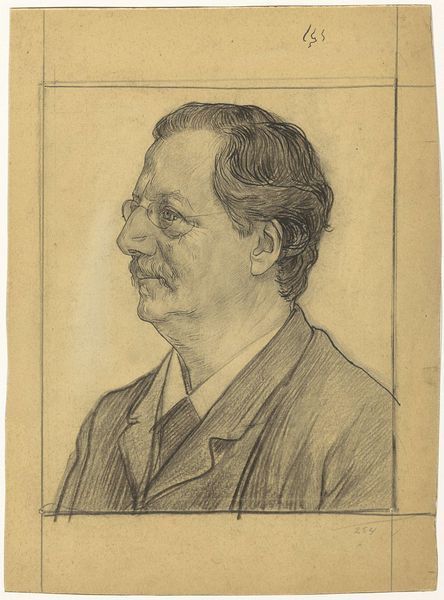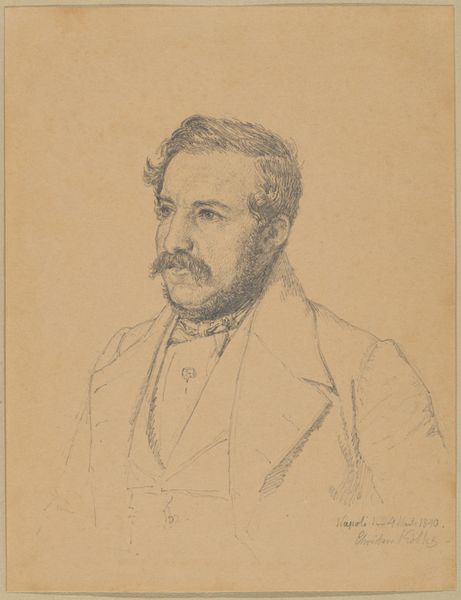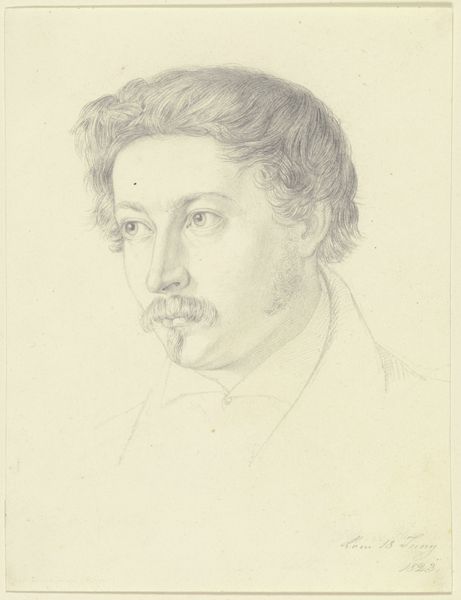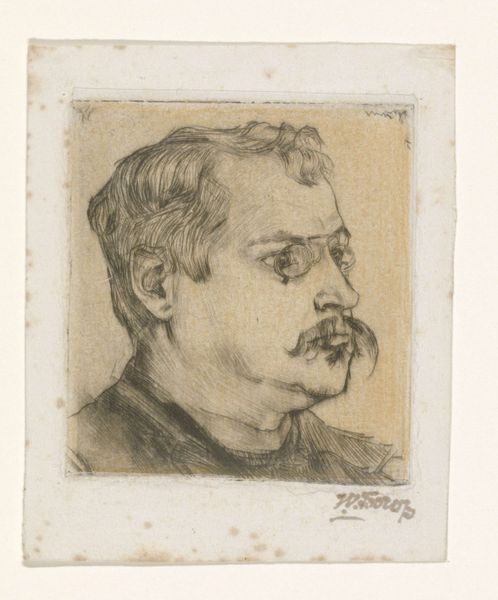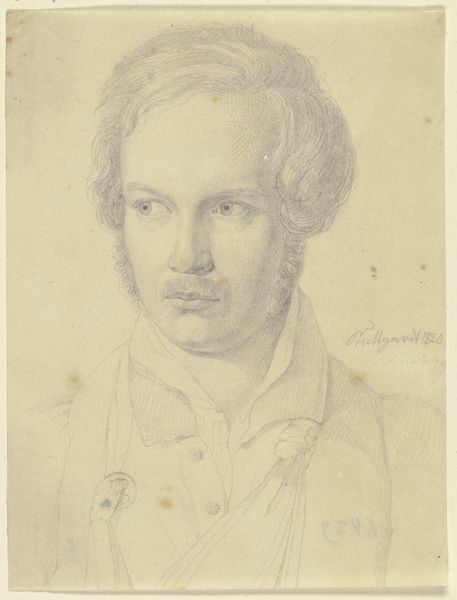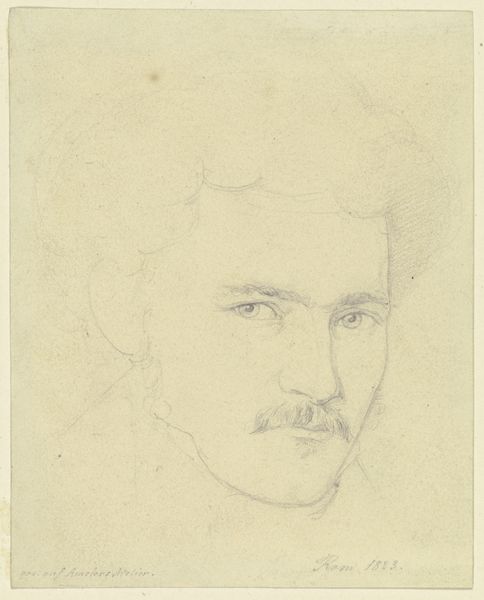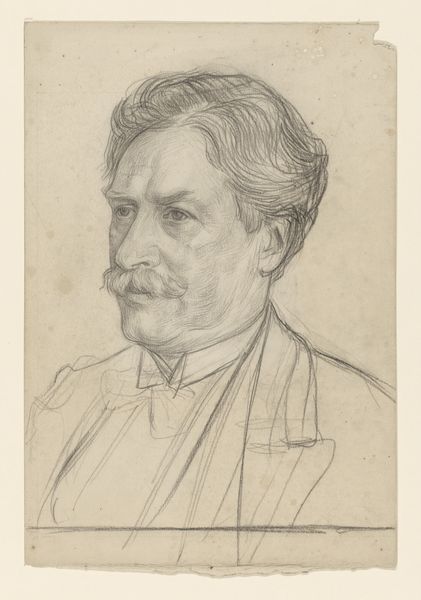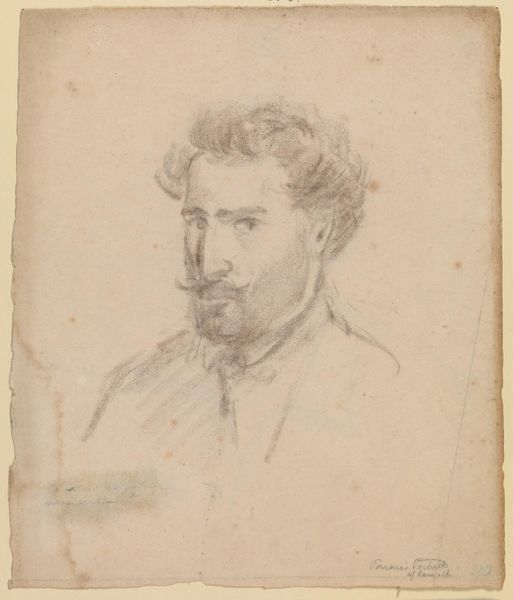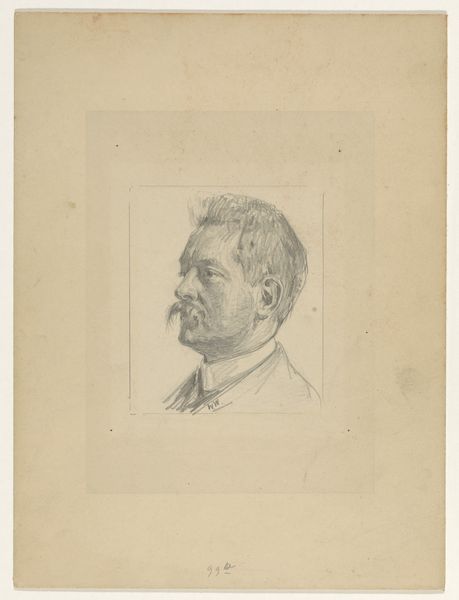
drawing, pencil, graphite
#
portrait
#
pencil drawn
#
drawing
#
16_19th-century
#
pencil drawing
#
romanticism
#
pencil
#
graphite
#
portrait drawing
Copyright: Public Domain
Editor: This pencil drawing from 1820 is a portrait of Joseph Joachim von Schnitzer by Nikolaus Hoff. The detail achieved with such a humble material is pretty stunning. What strikes you about this piece? Curator: What grabs my attention is precisely what you pointed out: the artist's mastery over a simple graphite pencil to capture such detail and likeness. Consider the labor involved in building up those subtle gradations of tone, layer upon layer. It challenges our ideas of high art by celebrating the artistry present in what some might dismiss as merely a preparatory sketch or study. Editor: That's a fascinating point. The intense detail, like in the hair, seems almost at odds with pencil as a medium, as you mentioned. Why this level of dedication to the materials used? Curator: Think about the social context. This was a time when portraiture was still a primary way of documenting and memorializing individuals. While oil paint was certainly considered a 'superior' medium, the accessibility and affordability of pencil allowed for a broader range of society to participate in art – both as makers and subjects. The 'hand-madeness' visible in each stroke becomes significant. It speaks to the artist's skill but also the sitter's status, rendered through labor-intensive techniques. Editor: So, you're saying that the choice of pencil isn’t a limitation, but an intentional statement about access and representation? Curator: Exactly! We are confronted with a kind of art-making that underscores the means of its own production. The visible mark-making highlights the relationship between artist, sitter, and the evolving social role of portraiture itself. Editor: That really shifts my understanding of the piece. It's not *just* a portrait; it’s a commentary on the society that produced it. I will look at the “pencil drawn” with another perspective from now on. Thanks for opening my eyes! Curator: My pleasure! Always consider the material conditions behind artistic expression, they tell us so much.
Comments
No comments
Be the first to comment and join the conversation on the ultimate creative platform.
